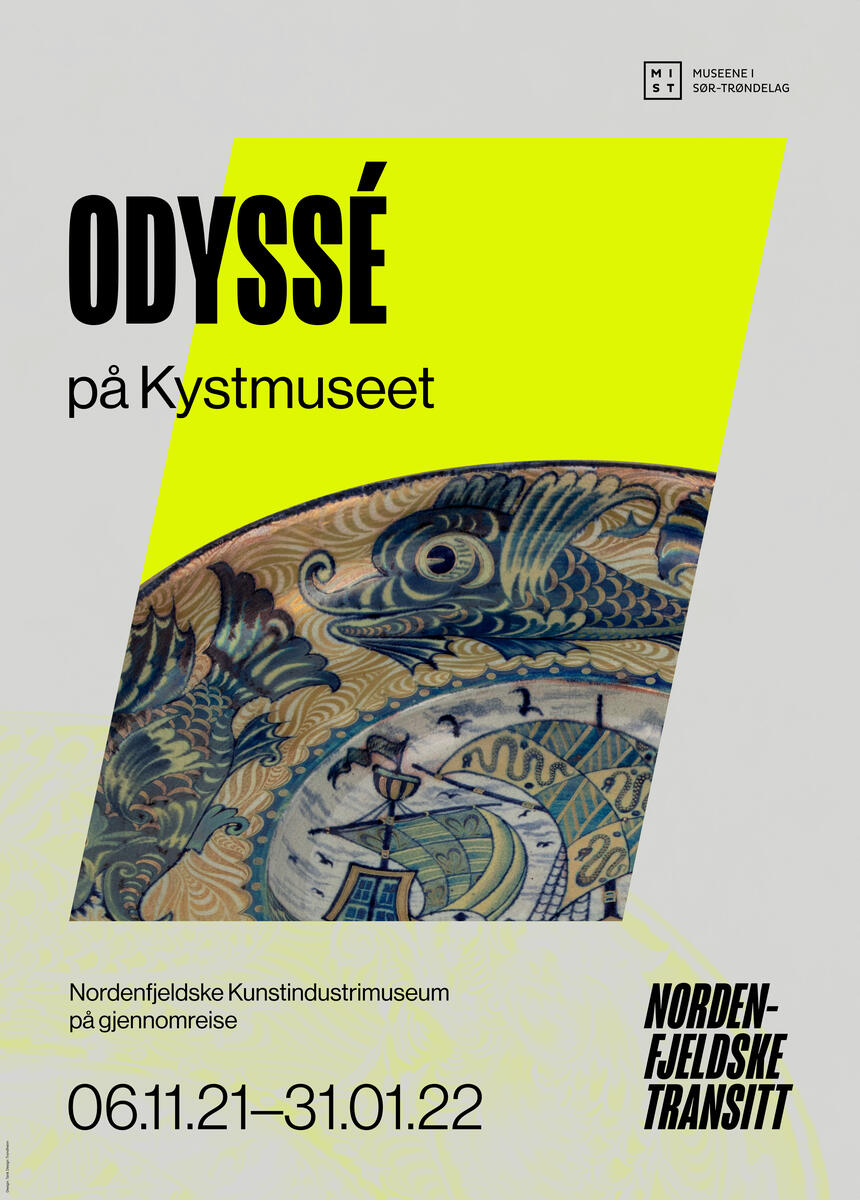- 1/1
In Homer’s Odyssey (ca. 800 BC), one of the earliest epic poems of which we know, we follow Odysseus on his journey home after the Trojan War. The voyage is filled with great challenges as Odysseus faces the wrath of the gods and the trials they put in his way. The Greeks called such stories nostos, meaning ‘homecoming’, and also described them as return to light or to life. By combining nostos with the Greek word for pain, algea, we get the word nostalgia. Nostalgia relates to the pain we feel when we long for something, for instance home. The journeys of seafarers are often marked by nostalgia. We can talk about the bitter-sweet longing for the safety of home and for something stable, but also about the painful uncertainty of whether everything will be as it was when we left. Nostalgia is intensified by the very precondition for travel: the sea. Regardless of whether one is a fisher, and adventurer or a merchant, one is at the mercy of a great body of water. The sea gives, and the sea takes. It can be understood as a duality that can be described as the conflict between chaos and cosmos, life and death, creation and destruction. Human beings struggle in-between these extremes.
The sea provides a basis for sustaining life but at the same time always poses a threat to life. It swallows whole civilizations and it swallows ships. Being shipwrecked is an underlying danger for the traveller, both in the sense of the liability of physical wreckage and in the psychological sense of becoming a mental wreck. In our own day and age we perhaps do not launch out on epic and dangerous odysseys, but we nevertheless must face up to the forces of nature as represented by the sea. Everyone who lives along a coastline or has a large body of water as their workplace is aware of this. In a way, we could say that the sea and the journey have more to do with humans and the human psyche than with the forces of nature themselves. This is reflected in art, which gives us the opportunity to contemplate the basis for our own existence. With new approaches to both history and reality, art can show us alternatives that lead to change and transformation. The journey which this small exhibition represents is therefore internal in nature. Art shows a way to launch into this kind of existential journey, using the sea as a depth-giving reference.
